In the past, at the location of Nguyen Hue Street was a small canal, dug and renovated into Cho Vai Canal to facilitate trade from Saigon River to the old Gia Dinh Citadel (the largest citadel in the South, arranged according to European-style defense principles, facing Le Thanh Ton Street today). At that time, Cho Vai Canal was bustling with boats, being one of the most important trade routes in the area. Saigon Notre Dame Cathedral was originally located on the bank of this canal (at the location of today's Sunwah building) and existed until 1868.
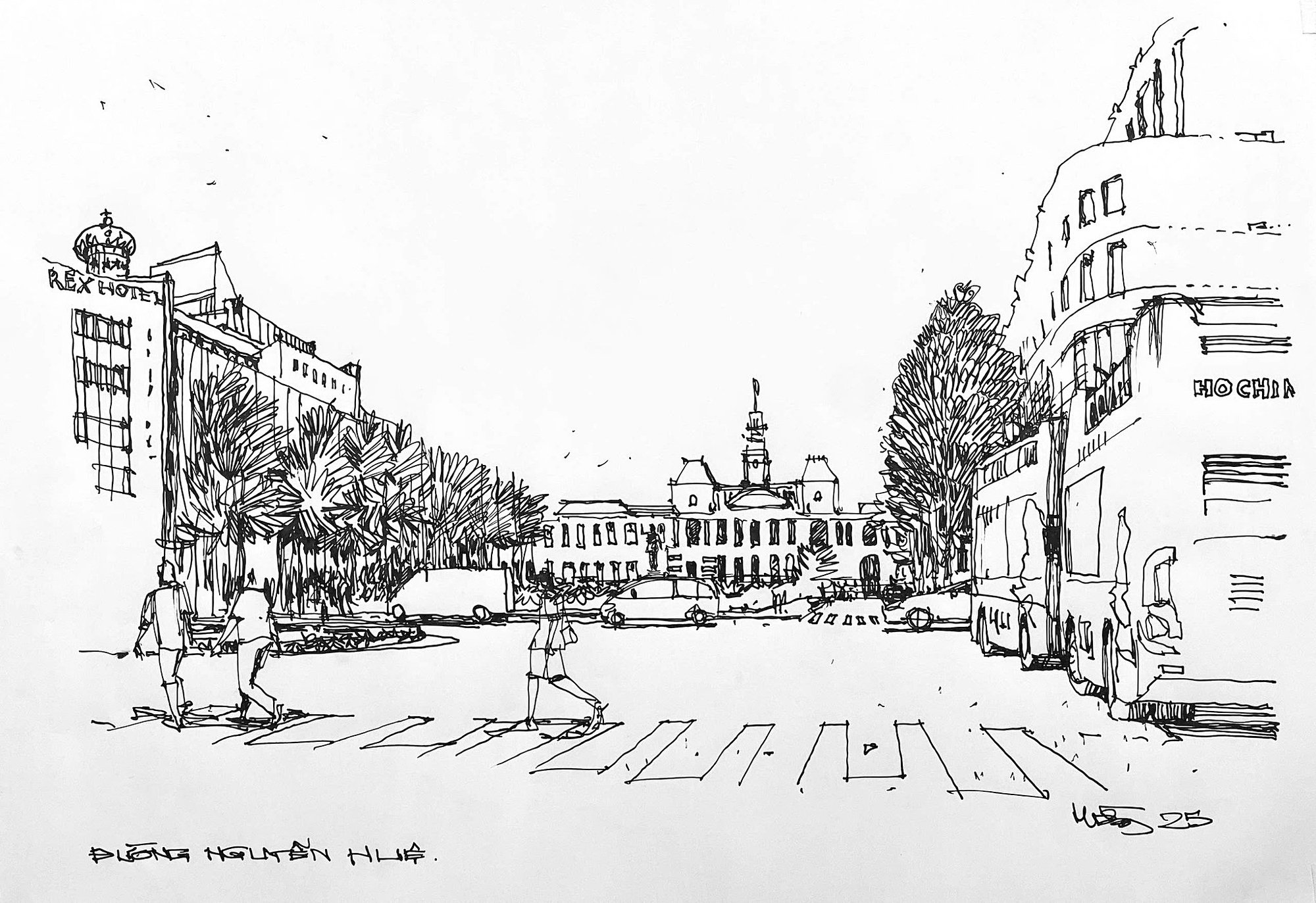
Nguyen Hue Street is one of the streets with the most historical stories in Ho Chi Minh City - sketch by architect Tran Xuan Hong
In 1887, Cho Vai Canal was filled in to make Charner Avenue and quickly became the busiest street in Saigon at that time. According to researcher Cu Mai Cong, at that time, people not only came here to go to the market (at that time, the old Ben Thanh market was located next to this street) but also to have breakfast, sit and drink coffee, and read newspapers at countless shops around here. This street was the most important information hub of the Southern press from the end of the 19th century. The editorial offices of many newspapers in Quoc Ngu and French were located on this street.
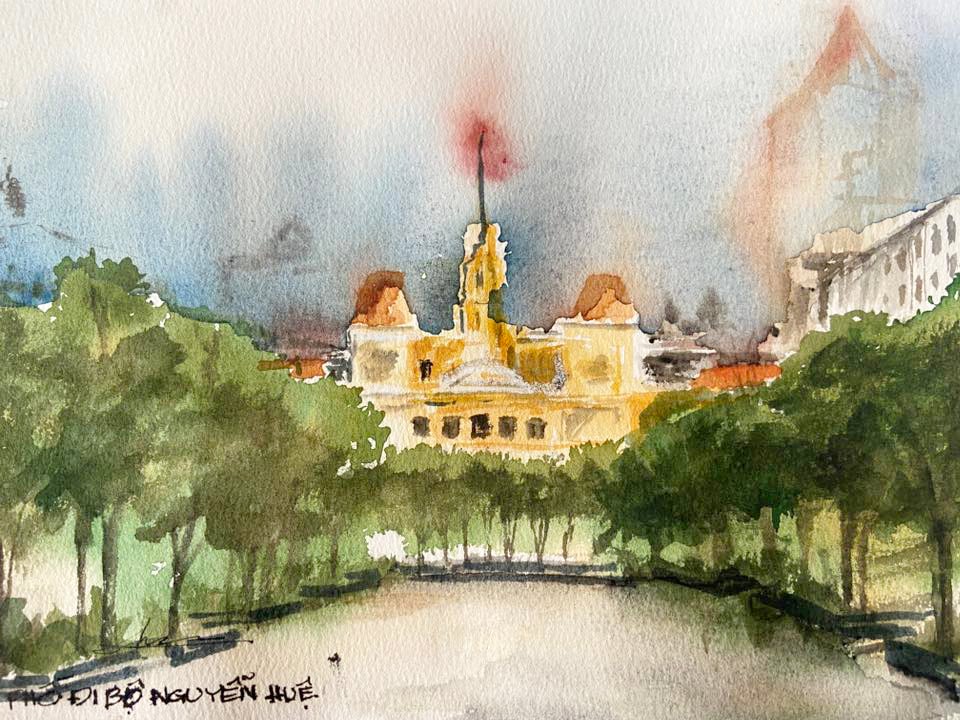
At the beginning of Nguyen Hue Street is the headquarters of the Ho Chi Minh City People's Committee, more than 100 years old - sketch by Nguyen Vu Minh Tung, a student at Nguyen Tat Thanh University
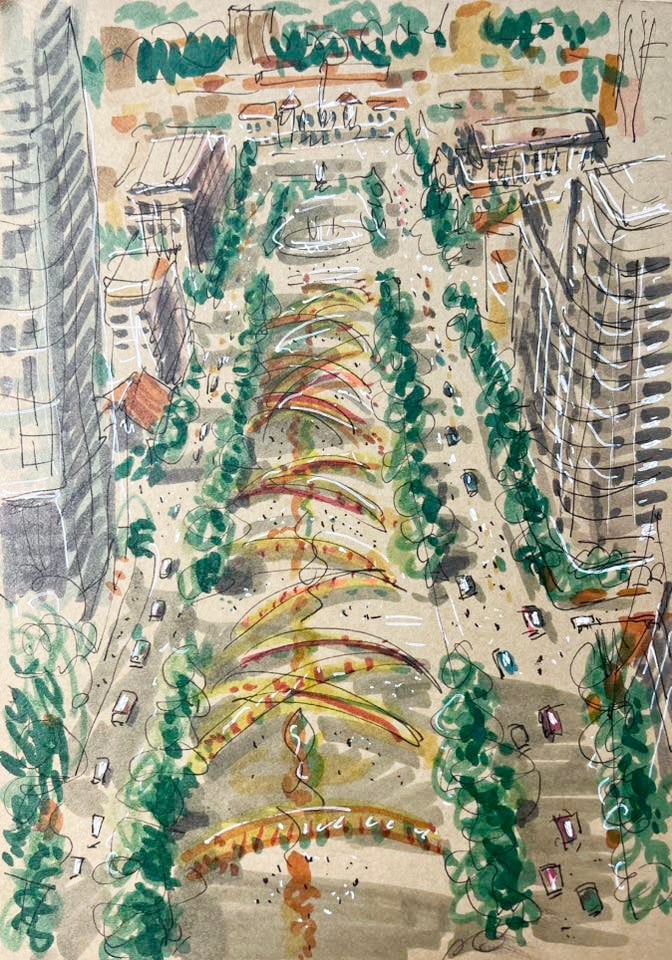
Nguyen Hue Street has now become a bustling walking street.
The world- famous French tennis tournament today is Roland Garros. That is the name of the first pilot to cross the Atlantic. Interestingly, few people know that Mr. Roland Garros lived with his parents on this road until he was 12 years old and studied at Chasseloup Laubat School (today's Le Quy Don High School). During the French period, the name Roland Garros was given to Thu Khoa Huan Street today.
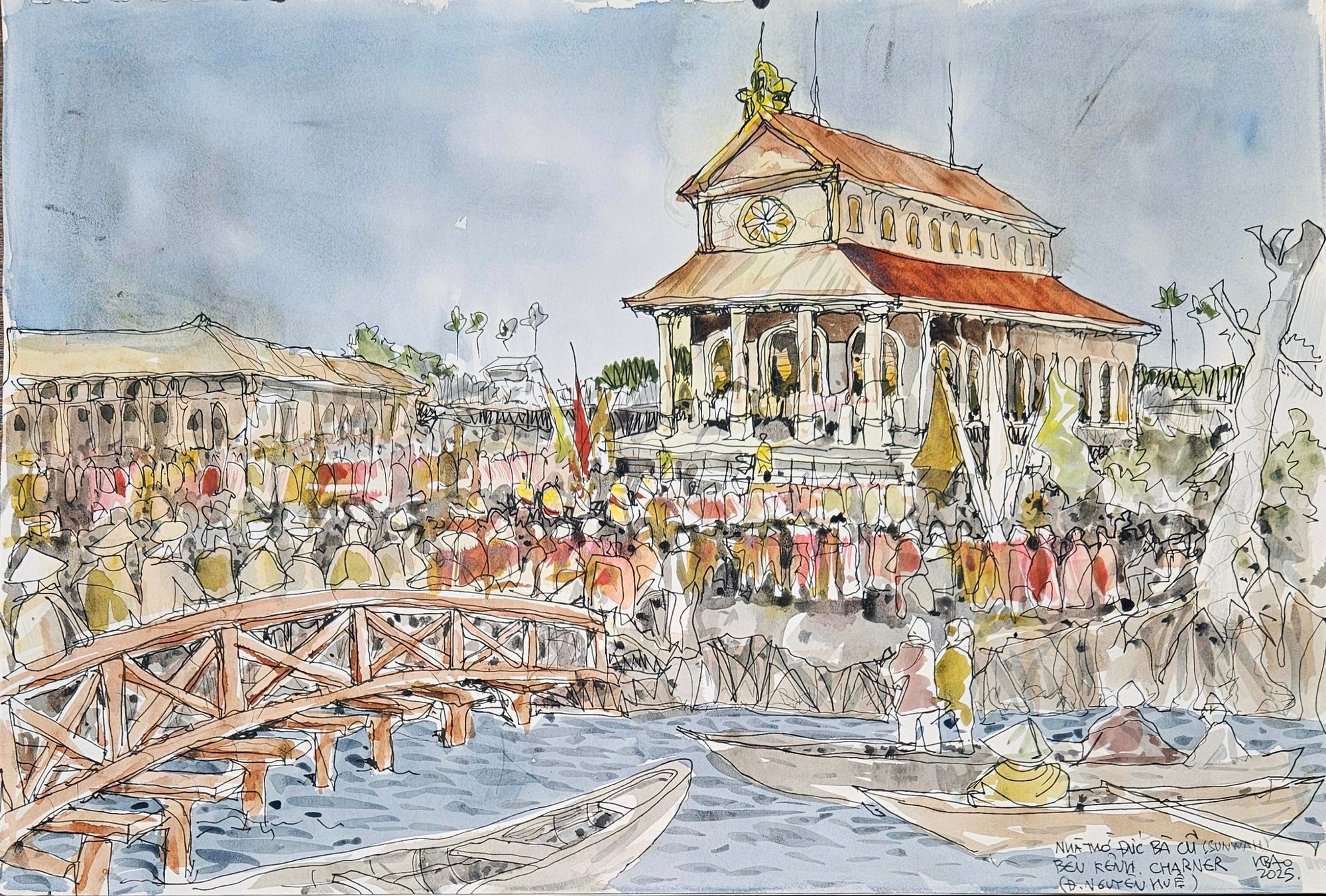
Formerly, Notre Dame Cathedral was located on the bank of Cho Vai canal (right next to the Sunwah building today) - sketch by architect Bui Hoang Bao
In 1955, Charner Boulevard was renamed Nguyen Hue Boulevard and remains so to this day.
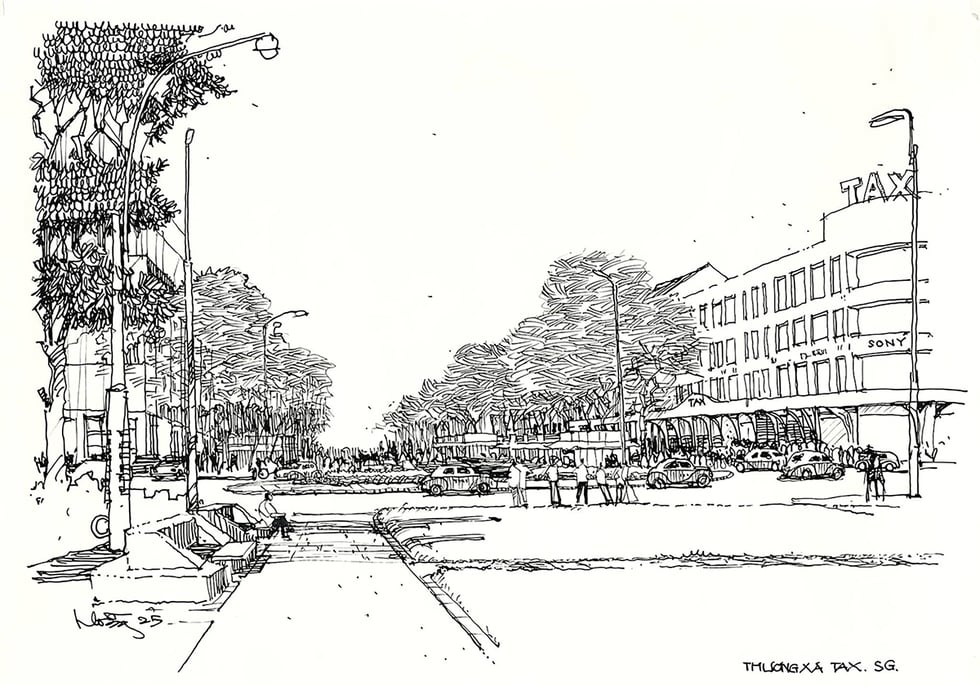
The once famous Tax Trade Center no longer exists - sketch by architect Tran Xuan Hong
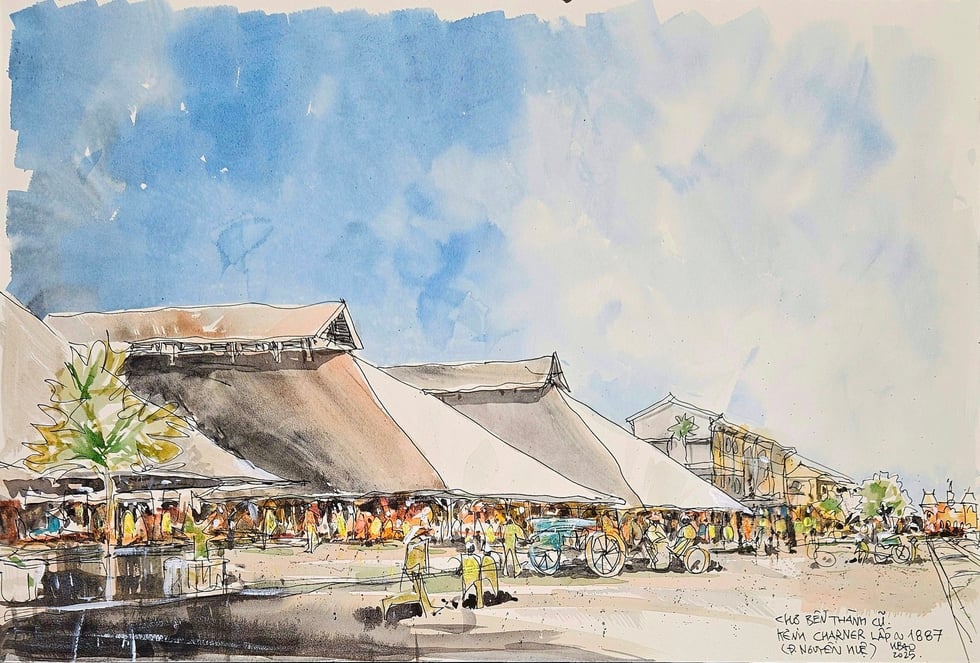
Ben Thanh Market (old) was formerly located next to Cho Vai Canal (filled in 1887) - sketch by Architect Bui Hoang Bao
Since 2004, on the occasion of Lunar New Year, Nguyen Hue Street has been decorated with colorful flowers. In 2015, Nguyen Hue Street - the first walking street in Vietnam - was inaugurated, 670 m long, 64 m wide, with a fountain, a granite-paved square. Many festival, cultural and entertainment activities are regularly held here.
Source: https://thanhnien.vn/goc-ky-hoa-pho-di-bo-nguyen-hue-185250531212857004.htm


![[Photo] Solemn opening of the 8th Congress of the Central Public Security Party Committee, term 2025-2030](https://vphoto.vietnam.vn/thumb/1200x675/vietnam/resource/IMAGE/2025/10/4/f3b00fb779f44979809441a4dac5c7df)
![[Photo] Bustling Mid-Autumn Festival at the Museum of Ethnology](https://vphoto.vietnam.vn/thumb/1200x675/vietnam/resource/IMAGE/2025/10/4/da8d5927734d4ca58e3eced14bc435a3)


![[Photo] General Secretary To Lam attends the 8th Congress of the Central Public Security Party Committee](https://vphoto.vietnam.vn/thumb/1200x675/vietnam/resource/IMAGE/2025/10/4/79fadf490f674dc483794f2d955f6045)

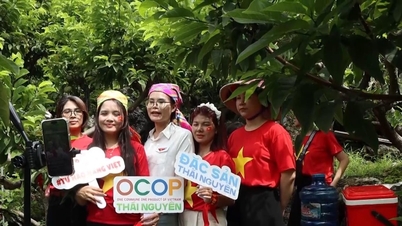


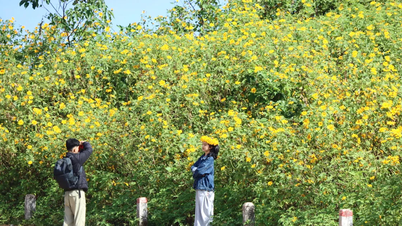

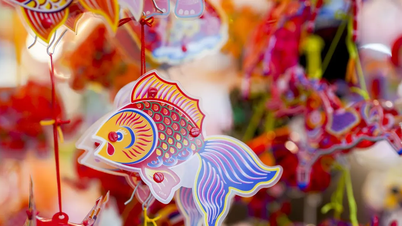
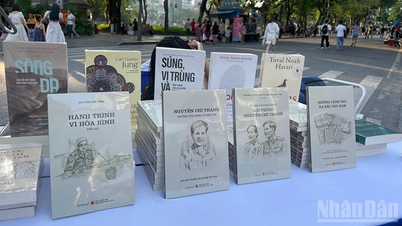






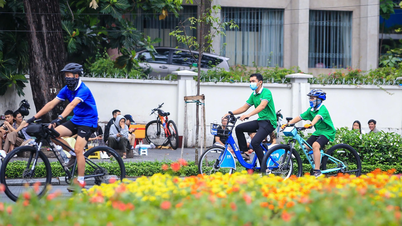
































![[VIDEO] Summary of Petrovietnam's 50th Anniversary Ceremony](https://vphoto.vietnam.vn/thumb/402x226/vietnam/resource/IMAGE/2025/10/4/abe133bdb8114793a16d4fe3e5bd0f12)

![[VIDEO] GENERAL SECRETARY TO LAM AWARDS PETROVIETNAM 8 GOLDEN WORDS: "PIONEER - EXCELLENT - SUSTAINABLE - GLOBAL"](https://vphoto.vietnam.vn/thumb/402x226/vietnam/resource/IMAGE/2025/7/23/c2fdb48863e846cfa9fb8e6ea9cf44e7)

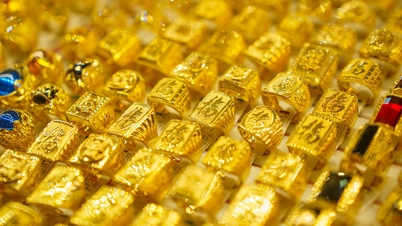


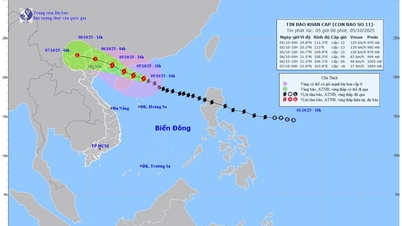















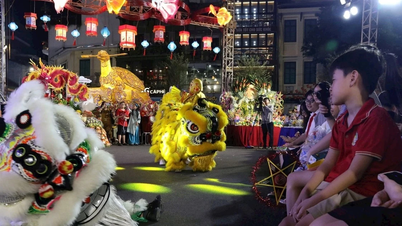
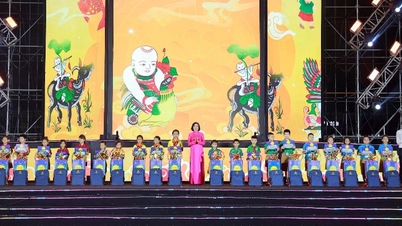










Comment (0)